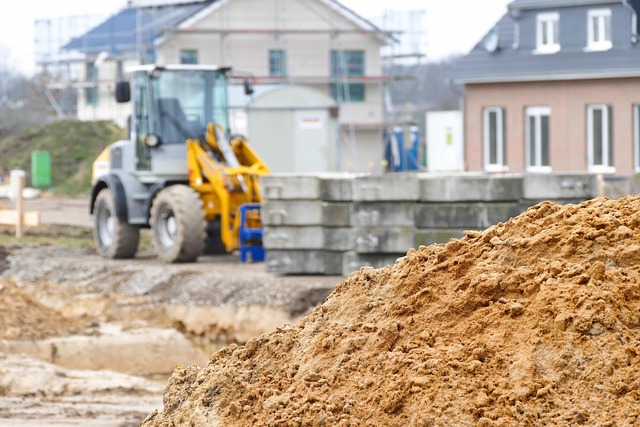Introduction to Residential Development Viability
Residential development viability determines whether a proposed housing project is financially feasible and sustainable in the long term. This article delves into the key factors influencing residential development viability, the importance of thorough viability assessments, and the role of Financial Viability Assessments (FVAs) in the planning process.
What is a Financial Viability Assessment (FVA)?
A Financial Viability Assessment (FVA) is a supporting document for a planning application that provides a result and commentary on the level of planning obligation that a development scheme can reasonably support. It is taken into consideration by the local planning authority to determine the amount of affordable housing contribution proposed for a development.
The process fundamentally uses a Residual Land Value (RLV) methodology. In summary, this approach subtracts the associated costs of a development from the projected value of the scheme to arrive at the land value. The RLV is then compared to the Benchmark Land Value (BLV) to determine whether a development scheme is financially viable or not. Another option is to input the BLV to establish the scheme profitability and compare that with market evidence to establish the viability of the scheme.
Key Factors Influencing Viability
- Land Costs: High land costs can make projects less viable, especially in urban areas where demand is high. Developers must carefully evaluate land prices to ensure they do not exceed the budget allocated for the project. For FVA the land value is BLA.
- Construction Costs: These include materials, labour, and regulatory compliance costs. Fluctuations in the prices of raw materials and labour shortages can significantly impact the overall budget. Developers need to account for these variables and include contingencies in their financial planning.
- Market Demand: Understanding the target market’s needs and preferences is crucial. Developers must assess whether there is sufficient demand for the type of housing being proposed. Market research and feasibility studies can provide valuable insights into consumer preferences and help tailor the project to meet market demands. It will also help establish to programme which will effect the finance costs.
- Financing: Access to affordable financing is essential. Interest rates, loan terms, and the availability of credit can all affect a project’s viability. Developers should explore various financing options and secure favourable terms to ensure the project’s financial stability.
- Regulatory Environment: Developers should engage with local authorities and complete statutory undertakings early in the planning process to understand regulatory requirements and obtain necessary approvals.
- Economic Conditions: Broader economic factors, such as employment rates, inflation, and economic growth, can influence both the cost of development and the market demand for housing. Developers should monitor economic trends and adjust their strategies accordingly to mitigate risks associated with economic fluctuations.
When is a FVA Needed?
Reflecting upon the local authority’s planning policy and requirements, the applicant may need to provide a certain level of affordable housing. The FVA will then be used to determine whether the applicant can provide the full amount of affordable housing required.
The FVA can also be used by the developer at the pre-application stage to understand the proposed scheme’s finances. This, in turn, provides insight into the most effective design to maximize profitability. By conducting an FVA early in the planning process, developers can identify potential financial challenges and adjust their plans to ensure the project’s viability.
Importance of Viability Assessments
Conducting a thorough viability assessment helps developers and investors make informed decisions.
These assessments typically include:
• Financial Feasibility Studies: Detailed analyses of costs, revenues, and potential profits. These studies help developers understand the financial implications of their projects and make informed decisions about design, construction, and marketing strategies.
• Market Analysis: Evaluating the demand for different types of housing in the proposed area. Market analysis provides insights into consumer preferences, competitive landscape, and pricing strategies, helping developers tailor their projects to meet market demands.
• Risk Assessment: Identifying potential risks and developing strategies to mitigate them. Risk assessments help developers anticipate challenges and develop contingency plans to address unforeseen issues that may arise during the development process.
Residential development viability is a complex but essential consideration for successful housing projects. By carefully analysing the factors that influence viability and conducting comprehensive assessments, developers can ensure their projects are both financially feasible and sustainable. This, in turn, contributes to the growth and development of vibrant communities, providing much-needed housing and enhancing the quality of life for residents.
If you have any further questions or wish to discuss an opportunity please do not hesitate to get in touch with our Development Consultancy team.




